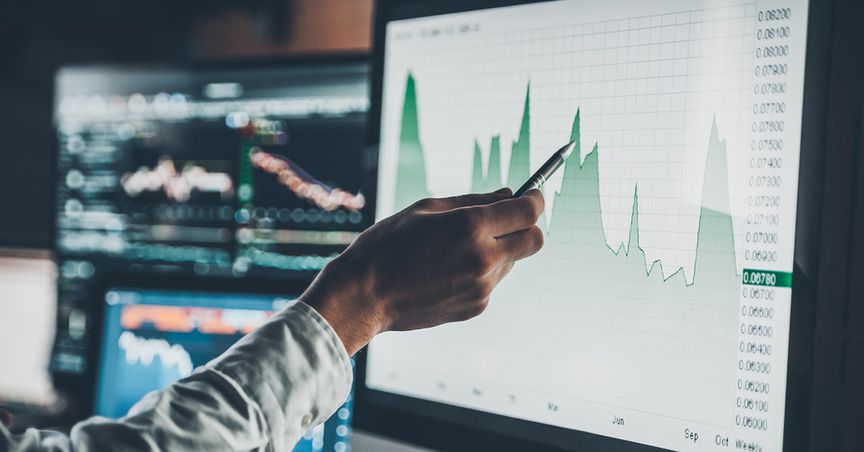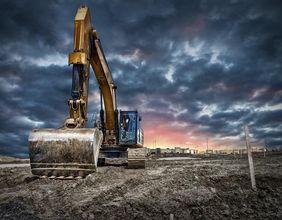Summary
- China is one of the first countries to recover from the COVID-19 pandemic and resume its business activities and other functions.
- May 2020 PMI data indicates three consecutive months of production levels above threshold post record low in February.
- However, the recovery has been slow as the worldwide economic downturn has led to sluggish demand.
- External threats from countries, including the US to cut down Chinese imports likely to have a severe impact on exports.
- Coronavirus pandemic-induced disruptions in global value chains have impacted both China’s imports and exports.
COVID-19 has not only brought a deadly infection through the relentless spread of the virus, but also a worldwide economic slowdown. Originating from China’s Wuhan city in December 2019, SARS-CoV-2 has held the entire world in its ruthless grip.
One of the prominent economies in the world, China, saw its worst during the pandemic, with several casualties and no treatment available. Now the world is facing the same as this novel virus spreads extremely fast from one human to another compelling people to maintain social distance to curb the spread.
That said, after months of lockdown, China has started picking up the pieces and is trying to move forward. However, low demand from abroad, coupled with the fear of a second wave of the infection, is expected to make the journey to recovery a bumpy ride.
Besides, the ongoing spat with the US and pressure for an independent investigation from other economies, including Australia, has further dented China’s trade relations. It retaliated by suspending pork and soybeans imports from the US and imposing 80% tariff on Australia’s barley exports, worsening the relations further.
China’s production levels improve, albeit at a slow pace due to sluggish demand
As per the manufacturing Purchasing Managers' Index (PMI) data released by the National Bureau of Statistics, the production index stood at 50.6%, down 0.2 percentage points from April.

The marginal drop was due to the sub-indices, including employment index and raw materials inventory index remaining below the threshold level. However, the production index, despite a decline of 0.5 percentage points, stayed above the threshold suggesting continual progress in manufacturing production.
The factories in China began manufacturing but have faced restricted demands for their products. Industrial companies started working in full swing, and their output has increased, but the shortage of orders is a big worry for the recovering industries.
While China is back on track, other parts of the world are still struggling with the pandemic. Also, post-pandemic, China's ties with countries like Australia and the US have deteriorated, which might further reduce demands for Chinese products.
Also, the labour market situation within China is weak, and thus, domestic demand has also taken a hit given the lower levels of consumer spending.
The US-China escalating tension over coronavirus origin and Hong Kong
Ever since the coronavirus outbreak, China and the US exchanged scathing remarks over COVID-19. The US blamed China for not handling the pandemic well and letting it spread to other countries, especially to the US, where the deadly virus took many lives. The superpower is still under its effect, which proved to be the worst crisis in its history.
This tension was further fuelled with China's new law enforcement in Hong Kong. The US, on 3 June, ordered a suspension of flights from China to the US.
US President Donald Trump’s continuous threats end trade relations with China, the country’s exports will take a significant hit if indeed something like this happens.
Besides, consumer sentiment seems to be at an all-time low. In a survey conducted by FTI Consulting, ~40% Americans said they would not buy products made in China. While it may not likely happen, the emotions are evident.
China caves under pressure from various countries, WHO to probe coronavirus outbreak
After a lot of resistance, China finally caved under pressure from the World Health Organization (WHO), and other western countries led by the US for investigating the origins of the COVID-19 pandemic.
While speaking at a virtual meeting of the World Health Authority (WHA), China's leader Xi Jinping has urged that the world should come together with the WHO and support developing nations to fight the COVID-19 pandemic.
He added that China supports the EU's draft resolution for investigation of the origin of COVID-19. Xi has also pledged US$2 billion to help countries battling with the pandemic and agreed for an independent evaluation.
How could COVID-19 impact globalisation?
COVID-19 has disrupted the compulsory links needed for globalisation, such global value chains that connect producers to several countries. The producers use inputs produced by the overseas supplier.
The worst affected Chinese exports comprise capital goods like intermediate goods such as iron, nuclear reactors, and labour intensive final products such as furniture. Most disrupted imports are organic chemicals and electrical machinery.
However, China's imports of meat and minerals fuels surged during 2020 due to its weakened domestic food supply during the pandemic outbreak.
The four product categories in both imports and exports that were hit hard due to the pandemic are electrical machinery, nuclear reactors, organic chemicals, equipment, and plastics.
In the pre-pandemic era, these goods were exchanged between China and other countries as part of the globalisation. However, the significant drop in trading due to the disrupted links highlights the impact of the global virus crisis (GVC).
The unprecedented scenario has altered the stance of nations around the world
A myriad of COVID-19 cases within a couple of weeks exposed the limitations of healthcare systems. Countries are increasingly focusing on become self-reliant, especially regarding essential products and items related to national safety such as medical supplies. A shift towards limiting imports of such products and the recent quality issues of Chinese medical supplies will have a significant impact on healthcare-related exports.
While China is getting back on track with business activities, including industrial production gaining momentum, low consumer spending and subdued global demand are expected to slow down the economic recovery for the world’s second-biggest economy. The Asian powerhouse will bounce back eventually, but as in the case of COVID-19 pandemic recovery, the persistent question is how and when?






